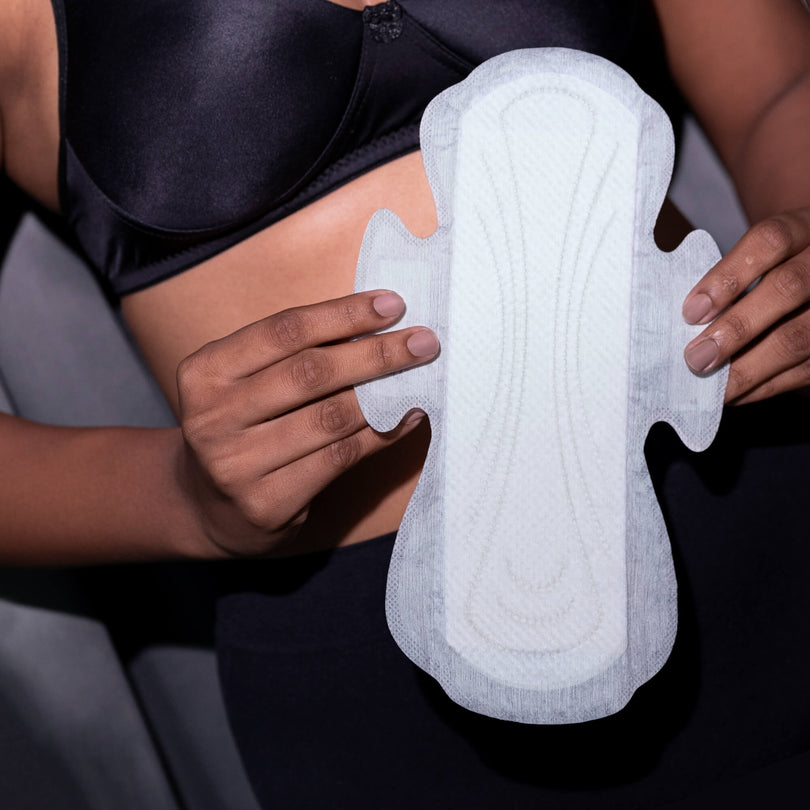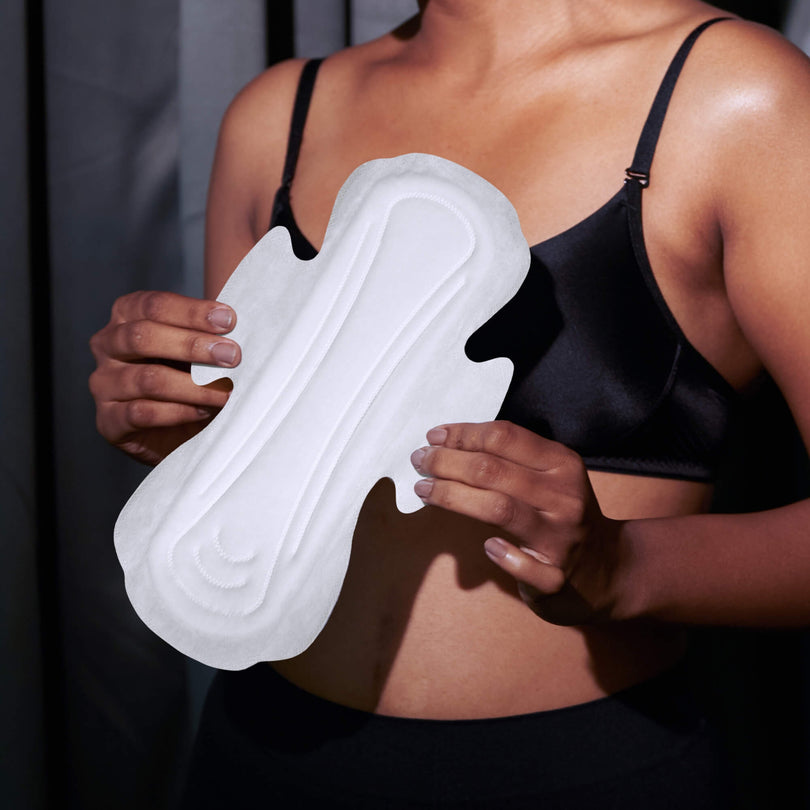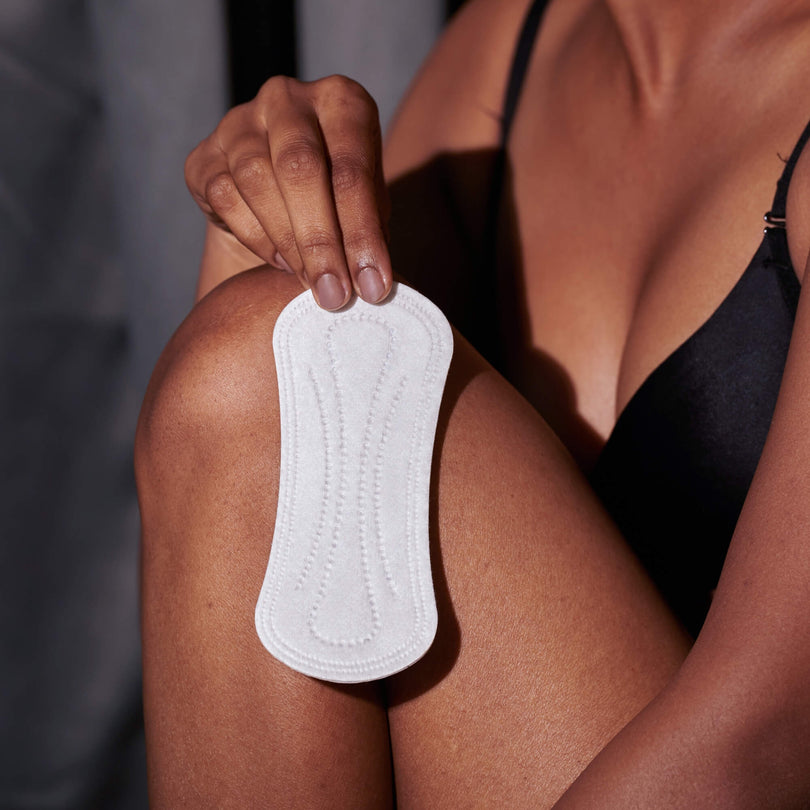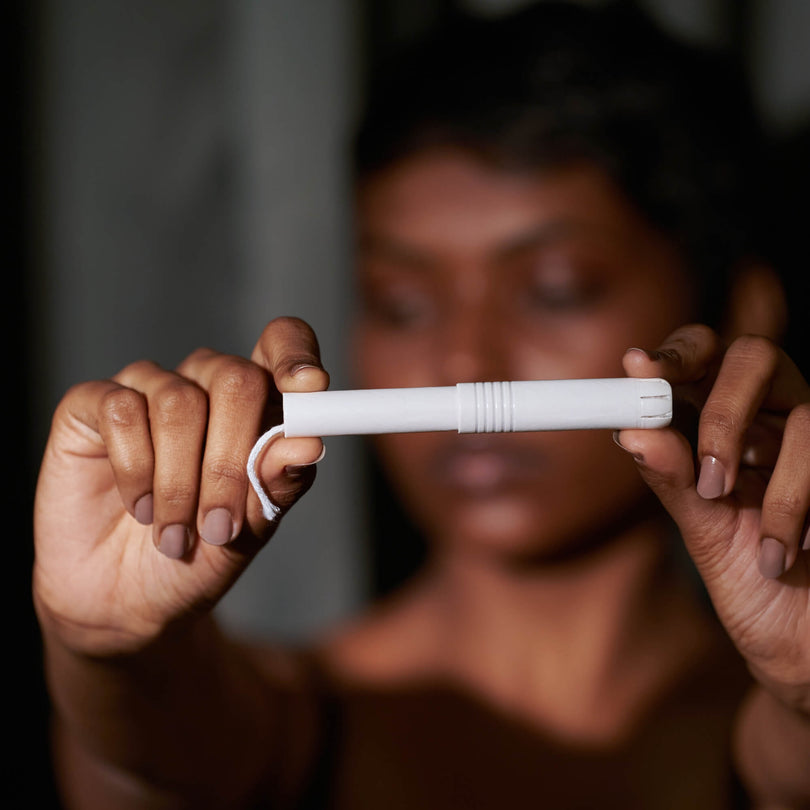Developing biodegradable superabsorbent hydrogels
The reason conventional sanitary pads and diapers can absorb large amounts of fluid is that they all contain super absorbent polymers (SAPs) in their absorbent core. Conventional SAPs are made from sodium polyacrylate (which are derived from petrochemical by-products and are non-biodegradable).
Our Biopolymers Department is focusing on conducting groundbreaking research on the development of biodegradable superabsorbent biopolymers using cellulose and starch to our make the super absorbent polymers (SAPs) as sustainable as possible. We are focusing on the following research areas:
1. Developing biodegradable alternatives to petroleum-derived, acrylate-based SAPs
2. Optimizing sustainable superabsorbent hydrogels' parameters for the best performance

Super Absorbent Polymers (SAPs)
In simple terms, super absorbent polymers (SAPs) are polymers that are capable of absorbing and holding an enormous amount of water or fluids (up to 500 or even 1000 times their own weight). Another important feature is their ability to soak up the fluid in a relatively short time (absorption rate) and then effectively lock the fluid inside (retention capacity).
Conventional SAPs consist of hydrophilic, water-insoluble polymeric chains that are cross-linked to make a three-dimensional network. These unique characteristics make these SAPs the widely-used choice in absorbent hygiene products such as sanitary pads, diapers, and incontinence pads.

The making of conventional SAPs (Sodium Polyacrylate)
Most traditional SAPs are made out of synthetic polymers (like polyacrylic acid or polyacrylamide), which are derived from petroleum. When crude oil is distilled at oil refineries, naphtha and additional by-products are obtained. One of the by-products called propylene is used to make acrylic acid, which is then used to create sodium polyacrylate, a synthetic super absorbent polymer.
In other words, most commercially available superabsorbent hydrogels are cross-linked sodium polyacrylates with extremely high molecular weights. Besides being non-biodegradable, these synthetic superabsorbents are also not renewable in nature.

Developing biodegradable alternatives to conventional SAPs
Our Biopolymers Department focuses on developing sustainable and biodegradable superabsorbent hydrogels using various naturally occurring polymers such as cellulose and starch, which can replace conventional synthetic and non-biodegradable SAPs.
In order to introduce the microporous structure into the hydrogels so that the retention and swelling kinetics can increase through capillary effect, we modify the cellulose and starch or use a non-toxic, cross-linking agent. As a result, these sustainable superabsorbent hydrogels, in addition to being environmentally-friendly and biodegradable, also have excellent biocompatibility.

Optimizing sustainable superabsorbent hydrogels for the best performance
Many cellulose and starch-based superabsorbent hydrogels offer good absorption capacities with zero pressure (also known as the ‘free swell capacity’ or FSC). However, when it comes to other performance parameters such as absorption under load (AUL) or centrifuge retention capacity (CRC), these hydrogels show relatively low-performance levels when compared to synthetic acrylate-based SAPs.
Our aim at the Biopolymers lab is to develop high-performing polysaccharide-based hydrogels that can offer the desired absorption capacity and rate of absorption, as well as the preferred particle size, porosity, durability, and stability in the swelling environment and during the storage tenure. We focus on optimizing performance parameters such as CRC, AUL, biodegradability, and pH-neutrality after swelling.








